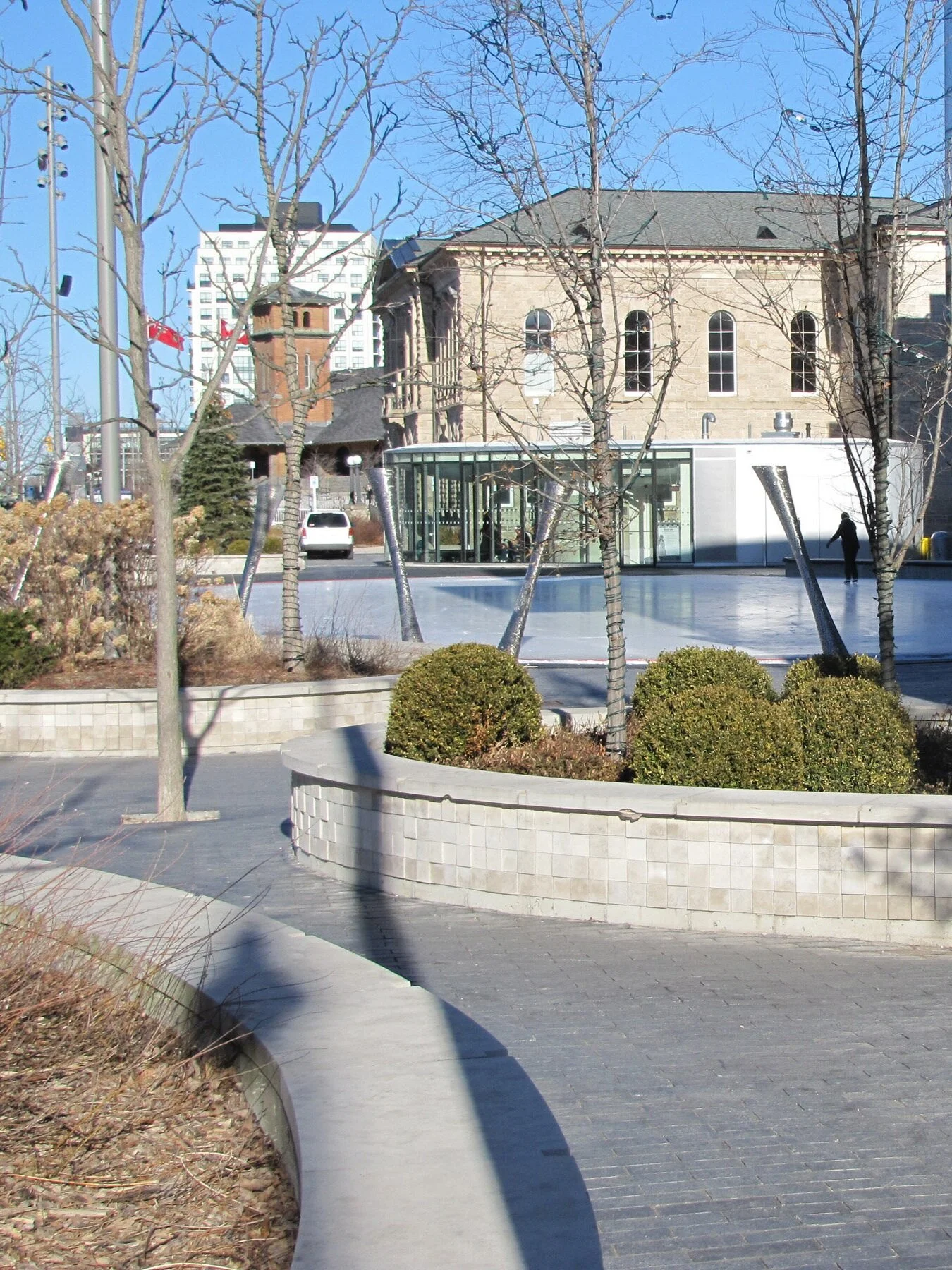Walking
My interest in walking started many decades ago. I was about one year old at the time, and walking wasn’t an issue of mild curiosity; it was an intense fixation and a biological compulsion. Everybody around me was doing it and, if I wanted to experience the world as they did, I was going to have to do it on two feet, and I had better get started.
Walking has a long and distinguished history. Humankind’s ancient ancestors, beginning with Sahelanthropus (family hominidae, subfamily homininae), spent about five million years developing the art of bipedal locomotion, before Homo erectus finally arrived on the scene. And if you go back to the Acanthostega, the very first animals to stumble out of the water and walk on dry land at all, you’re looking at something closer to 400 million years.
And yet, each of us, individually, manages to progress from wiggling in amniotic fluid to squirming, to crawling, to walking within about one year. This should be recognized as nothing short of a miracle. Shouldn’t we all be paying much more attention to this incredible feat?
This is especially true of those of us who are designers of the built environment. We seem to take it for granted that our creations will be appreciated at a walking scale, without really celebrating it.
When we talk about walking, we also include those people who are walking challenged. For our discussion, walking represents a scale of activity – a measured speed and in close contact with a supporting surface. Design provisions are made for wheelchair users and people who require walking assistance. This is in order to make the environment more easily accessible, but also to maintain the walking scale.
In this issue of The Right Angle Journal, we explore the phenomenon of walking and how that ability relates to our appreciation of the built environment.
THE RIGHT ANGLE wants to engage design professionals and the public in a dialogue about the things that truly matter in our environment. If you have a thoughtful opinion you would like to express, don’t hesitate to contact the editor at: editor@therightanglejournal.com

An Environmental Experience | Walking and Feeling
Architecture is all about walking. With few exceptions, we experience architectural space at a walking pace and a walking scale, even if we are not fully mobile and require assistance in getting around.

Venice
All ancient cities started like Venice in one particular way, as a pedestrian realm. But even the oldest of these learned to accommodate horse and carriage, tram and omnibus, scooter, automobile, train and diesel bus. Venice alone remains a city traversed only by foot aided now and then by short boat rides.

Two Excerpts from the Road to Ronchamps
Last September, a group of architects and designers travelled to the pilgrimage chapel Notre-Dame-du-Haut in Ronchamp, France. Like many pilgrimages, unavoidably, some walking was involved. The pilgrims describe some of their pedestrian experiences. The full text will be published online and in hard copy this year.

An Urban Sensory Walk
When we experience our environment, we tend to rely mostly on our visual sense, but our other senses are always engaged, whether we realize it or not. Last spring, I took a sensory walk under the guidance of Jonathan Silver. On our tour, we visited a variety of spaces that had a special appeal to non-visual senses. By paying particular attention to these senses, we were able to experience these environments, and our city, in a unique way.

A Walk in the Park
A few years ago, four of us met in Los Angeles to present a roundtable discussion on “Time and Temporality in Theme Parks.” It promised to be a brilliant presentation, but maybe more important, it gave us the opportunity to further explore our latest passion: Creative Research.

UX and Architecture - Integrated Building Design… and More!
Thoughtful individuals in the building design and construction industries have often speculated about the failings of design, approval, and construction processes and debated how to improve them. How a building owner avoids “cost effective retrofits available on opening day” is one such topic for conversation.

Guelph Market Square
For the past dozen years, the people of Guelph have been remaking the historic administrative core of their downtown. The project began with the construction of the New City Hall designed by Moriyama & Teshima Architects, and incorporating a 19th-century wall from a building that housed the original Royal Winter Fair, before the Fair moved to Toronto.

Locations | Blindfolded Tour: An Eye Opening Experience
If you were in downtown Toronto last August 19, around Queen and Yonge, you might have witnessed an unusual sight: a man, holding on to one end of an orange shoelace, leading a second man, holding the other end of the shoelace, slowly around the downtown core. The second man was blindfolded, hence the orange shoelace.
